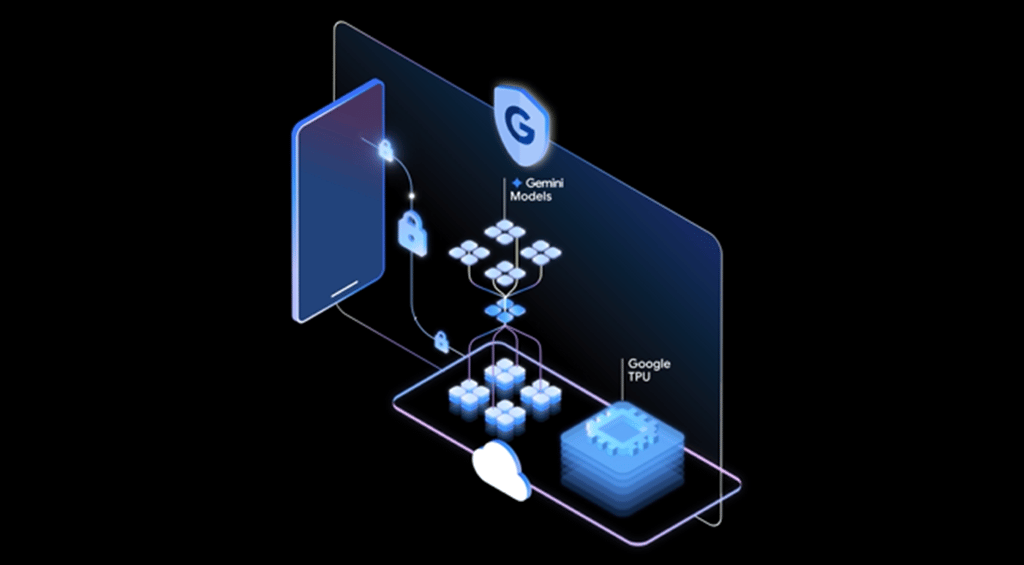Datamation content and product recommendations are
editorially independent. We may make money when you click on links
to our partners.
Learn More
Hurricane Sandy didn’t just render many portions of Eastern Seaboard unrecognizable — the New Jersey shore in particular — it also put telecom and cloud services providers to the test. And for many, Sandy severed ties between the public and cloud providers.
According to the Federal Communications Commission (FCC), the massive storm knocked out a sizeable chunk of the affected region’s cell networks, straining capacity. FCC Chairman Julius Genachowski said during a press call yesterday that 25 percent of the wireless carriers’ cell sites succumbed to Sandy.
Cloud Storage and Backup Benefits
Protecting your company’s data is critical. Cloud storage with automated backup is scalable, flexible and provides peace of mind. Cobalt Iron’s enterprise-grade backup and recovery solution is known for its hands-free automation and reliability, at a lower cost. Cloud backup that just works.
SCHEDULE FREE CONSULT/DEMO
The outages spread across 158 counties and a total of 10 states stretching from Virginia north to Massachusetts. Cable operators fared no better. Roughly 25 percent of the customers served by the area’s cable companies were without cable services, particularly Internet access.
The disclosures, made by the communications companies as part of the FCC’s Disaster Information Reporting System (DIRS), underscored the role of telecommunications providers in keeping customers connected to the cloud and Internet service providers.
For customers — this writer included — the service disruptions often made it difficult, if not impossible, to surf the Web for information, communicate via social media or use email. Voice calls frequently dropped out or simply failed to connect.
But keeping customers connected to their favorite sites, cloud services or each other wasn’t the only challenge posed by Hurricane Sandy. Data center operators were met with struggles of their own.
Peer 1’s network status page and Twitter feed reads like a harrowing saga, at least from an IT administrator’s perspective. The managed hosting provider, located at 75 Broad Street in lower Manhattan, is making a valiant effort to keep its customers’ sites online.
This morning, a status update illustrated the challenges of keeping web servers cool and connected to the internet amid power failures and street closures in one of the most densely populated areas of the country.
The company posted the following update: “As of 15:00ET Peer1 is still maintaining generator power for customers in Site 2. The temperature in Site 1 is starting to stabilize but we are still not bringing up the power due to our cooling system still down in site 1. The electrician is currently moving electrical circuits to get a portion of the CRAC units in site 1 online. We will contact those customers directly once we have these units online. Fuel is still good, we will provide our next update in 1 hour.”
Getting that fuel to the generators is an undertaking in and of itself. Parts of lower Manhattan are without power and some are inaccessible due to street closures and repairs.
So, even Peer 1’s customers are lending a hand, according to a retweet from the company. Dave Geada (@moosemarketer) Director of Product Marketing for Zunicore, Peer 1’s business cloud division, originally tweeted, “So proud to be @Peer1. NYC DC crew and customers are hauling drums of diesel up 18 flights to keep servers running. Truly inspiring heroics!”
Pedro Hernandez is a contributing editor at InternetNews.com, the news service of the IT Business Edge Network, the network for technology professionals. Follow him on Twitter @ecoINSITE.
-
Ethics and Artificial Intelligence: Driving Greater Equality
FEATURE | By James Maguire,
December 16, 2020
-
AI vs. Machine Learning vs. Deep Learning
FEATURE | By Cynthia Harvey,
December 11, 2020
-
Huawei’s AI Update: Things Are Moving Faster Than We Think
FEATURE | By Rob Enderle,
December 04, 2020
-
Keeping Machine Learning Algorithms Honest in the ‘Ethics-First’ Era
ARTIFICIAL INTELLIGENCE | By Guest Author,
November 18, 2020
-
Key Trends in Chatbots and RPA
FEATURE | By Guest Author,
November 10, 2020
-
Top 10 AIOps Companies
FEATURE | By Samuel Greengard,
November 05, 2020
-
What is Text Analysis?
ARTIFICIAL INTELLIGENCE | By Guest Author,
November 02, 2020
-
How Intel’s Work With Autonomous Cars Could Redefine General Purpose AI
ARTIFICIAL INTELLIGENCE | By Rob Enderle,
October 29, 2020
-
Dell Technologies World: Weaving Together Human And Machine Interaction For AI And Robotics
ARTIFICIAL INTELLIGENCE | By Rob Enderle,
October 23, 2020
-
The Super Moderator, or How IBM Project Debater Could Save Social Media
FEATURE | By Rob Enderle,
October 16, 2020
-
Top 10 Chatbot Platforms
FEATURE | By Cynthia Harvey,
October 07, 2020
-
Finding a Career Path in AI
ARTIFICIAL INTELLIGENCE | By Guest Author,
October 05, 2020
-
CIOs Discuss the Promise of AI and Data Science
FEATURE | By Guest Author,
September 25, 2020
-
Microsoft Is Building An AI Product That Could Predict The Future
FEATURE | By Rob Enderle,
September 25, 2020
-
Top 10 Machine Learning Companies 2021
FEATURE | By Cynthia Harvey,
September 22, 2020
-
NVIDIA and ARM: Massively Changing The AI Landscape
ARTIFICIAL INTELLIGENCE | By Rob Enderle,
September 18, 2020
-
Continuous Intelligence: Expert Discussion [Video and Podcast]
ARTIFICIAL INTELLIGENCE | By James Maguire,
September 14, 2020
-
Artificial Intelligence: Governance and Ethics [Video]
ARTIFICIAL INTELLIGENCE | By James Maguire,
September 13, 2020
-
IBM Watson At The US Open: Showcasing The Power Of A Mature Enterprise-Class AI
FEATURE | By Rob Enderle,
September 11, 2020
-
Artificial Intelligence: Perception vs. Reality
FEATURE | By James Maguire,
September 09, 2020
SEE ALL
CLOUD ARTICLES









